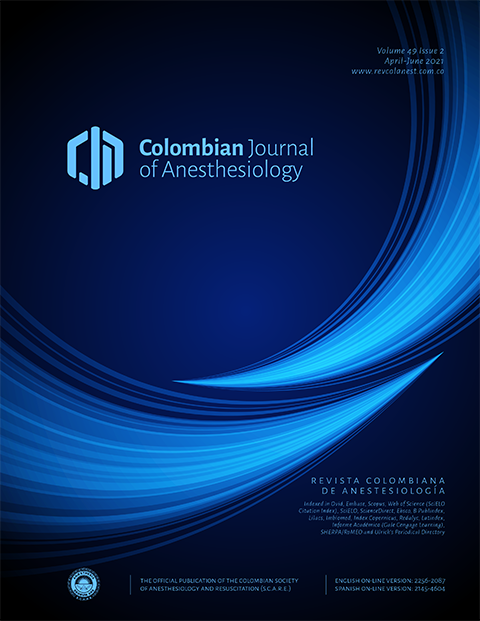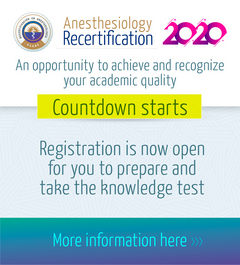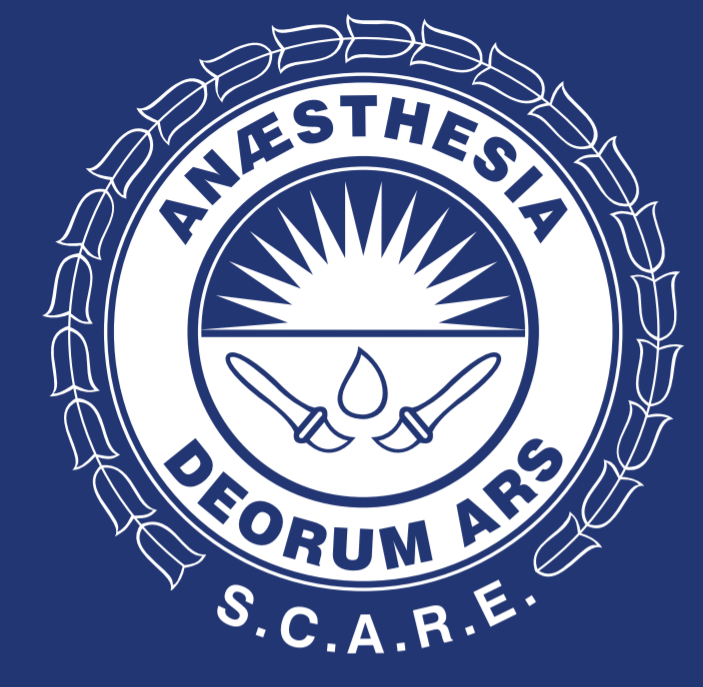Diagnostic challenges in paediatric foreign body aspiration: a case report
Abstract
Introduction: Foreign body aspiration (FBA) is a potentially fatal paediatric emergency. Our objective was to highlight the importance of a multidisciplinary approach to difficult/doubtful diagnosis.
Case Report: 34-month-old girl referred for urgent rigid bronchoscopy after suspected metallic blade ingestion (found chewing on it). She had a previous recurrent history of wheezing. The physical examination revealed face/lip wounds, traces of powder on her teeth but no breathing difficulty. The plain X-Ray revealed radiopaque images of the upper pulmonary field and gastric chamber. In the absence of FBA clinical signs but considering a previous history of bronchial hyperresponsiveness, a direct digital radiographic study was performed. There were no images compatible with foreign bodies: the results were interpreted as artefacts and no bronchoscopy was performed.
Conclusions: A careful pre-anaesthetic evaluation, a high level of suspicion and excellent multidisciplinary communication led to the recognition of false radiologic findings. A conservative approach was followed and invasive procedures in a remote location, with high anaesthetic risk for the paediatric population were avoided.
References
Fidkowski CW, Zheng H, Firth PG. The Anesthetic Considerations of Tracheobronchial foreign bodies in children: a literature review of 12,979 cases. Anesthesia Analgesia 2010; 111(4):1016-25; DOI: http://doi.org/10.1213/ANE.0b013e3181ef3e9c
Abd-ElGawad EA, Ibrahim MA, Mubarak YS. Tracheobronchial foreign body aspiration in infants & children: Diagnostic utility of multidetector CT with emphasis on virtual bronchoscopy. The Egyptian Journal of Radiology and Nuclear Medicine 2014; 45(4):1141-1146(6); DOI: http://doi.org/10.1016/j.ejrnm.2014.07.003
Brady AP. Errors and discrepancy in radiology: inevitable or avoidable? Insights Imaging. 2017; 8(1):171–182; DOI: http://doi.org/10.1007/s13244-016-0534-1
Hitter A, Hullo E, Durand C, et al. Diagnostic value of various investigations in children with suspected foreign body aspiration: review. Eur Ann Otorhinolaryngol Head Neck Dis. 2011;128(5):248-52; DOI: http://doi.org/10.1016/j.anorl.2010.12.011
Sink J, Kitsko D, Georg M et al. Predictors of Foreign Body Aspiration in Children. Otolaryngol Head Neck Surg. 2016 Sep;155(3):501-7. DOI: http://doi.org/10.1177/0194599816644410
E. Divarci, Toker B, Dokumcu Z et al. The multivariate analysis of indications of rigid bronchoscopy in suspected foreign body aspiration. Int J Pediatr Otorhinolaryngol. 2017 Sep;100:232-237; DOI: http://doi.org/10.1016/j.ijporl.2017.07.012
Liew CJ, Poh AC, Tan TY. Finding nemo: imaging findings, pitfalls, and complications of ingested fish bones in the alimentary canal. Emerg Radiol. 2013;20(4):311-22; DOI: http://doi.org/10.1007/s10140-012-1101-9
Kim K, Lee H, Yang E et al. Foreign body removal by flexible bronchoscopy using retrieval basket in children. Ann Thorac Med. 2018 Apr-Jun; 13(2): 82–85. DOI: http://doi.org/10.4103/atm.ATM_337_17
Sheehan C, Lopez J, Elmaraghy C. Low rate of positive bronchoscopy for suspected foreign body aspiration in infants. Int J Pediatr Otorhinolaryngol. 2018 Jan;104:72-75; DOI: http://doi.org/10.1016/j.ijporl.2017.10.030
Soong WJ, Tsao PC, Lee YS et al. Retrieval of tracheobronchial foreign bodies by short flexible endoscopy in children. Int J Pediatr Otorhinolaryngol. 2017;95:109–13: DOI: http://doi.org/10.1016/j.ijporl.2017.01.033
Tenenbaum T, Kähler G, Janke C et al. Management of foreign body removal in children by flexible bronchoscopy. J Bronchology Interv Pulmonol. 2017;24:21–8; DOI: http://doi.org/10.1097/LBR.0000000000000319
Mansour B, Elias N. Foreign Body Aspiration in Children With Focus on the Role of Flexible Bronchoscopy: A 5 Year Experience. Isr Med Assoc J. 2015 Oct;17(10):599-603; PMID: 26665311
Londino A, Jagannathan N. Anesthesia in Diagnostic and Therapeutic Pediatric Bronchoscopy. Otolaryngol Clin North Am. 2019 Dec;52(6):1037-1048; DOI: http://doi.org/10.1016/j.otc.2019.08.005
Haller L, Barazzone-Argiroffo C, Vidal I et al. Safely Decreasing Rigid Bronchoscopies for Foreign-Body Aspiration in Children: An Algorithm for the Emergency Department. Eur J Pediatr Surg. 2018 Jun;28(3):273-278; DOI: http://doi.org/10.1055/s-0037-1603523
Safari M, Manesh M. Demographic and Clinical Findings in Children Undergoing Bronchoscopy for Foreign Body Aspiration. Ochsner J, 2016. 16(2): p.120-4; PMC4896653.
Downloads
| Article metrics | |
|---|---|
| Abstract views | |
| Galley vies | |
| PDF Views | |
| HTML views | |
| Other views | |














